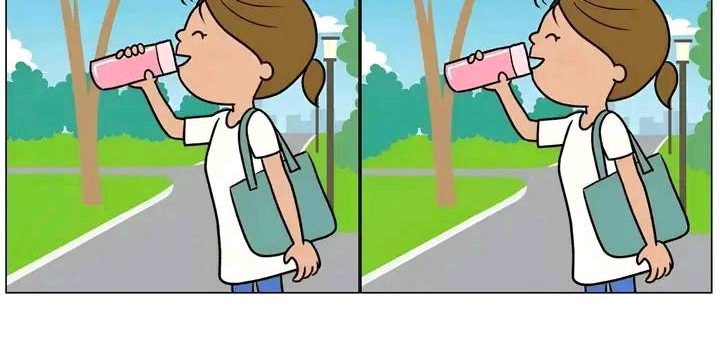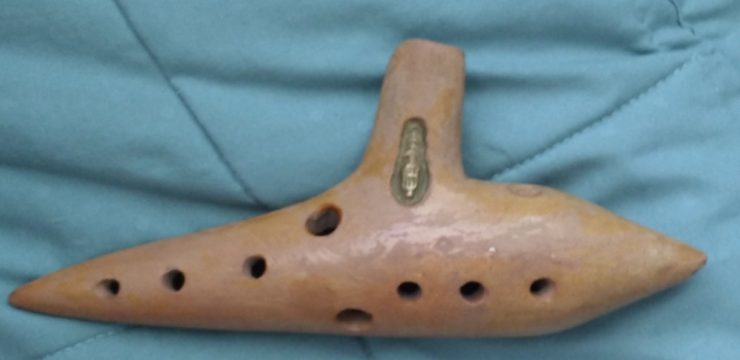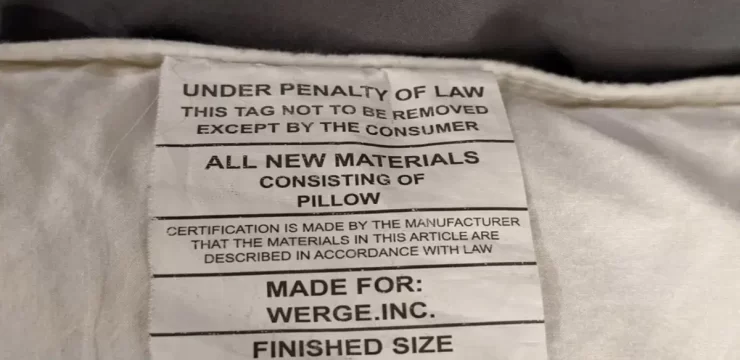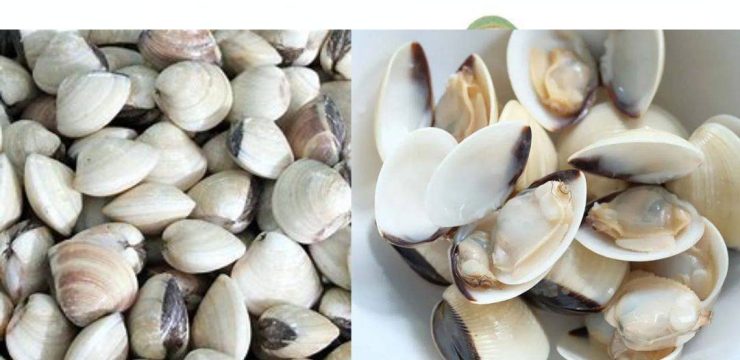Bath towels are a household essential—something we use every day without giving much thought to how they’re made or what makes one better than another. But if you’ve ever taken a closer look at your towel, you might have noticed lines woven into the fabric. At first glance, these lines might seem like nothing more than decorative touches, added to give the towel a bit of style. However, they actually serve a much deeper purpose. Those simple lines are the result of intentional design and careful craftsmanship, aimed at improving how the towel functions and how long it lasts. Once you understand why those lines are there, you’ll start to see bath towels in a whole new way.
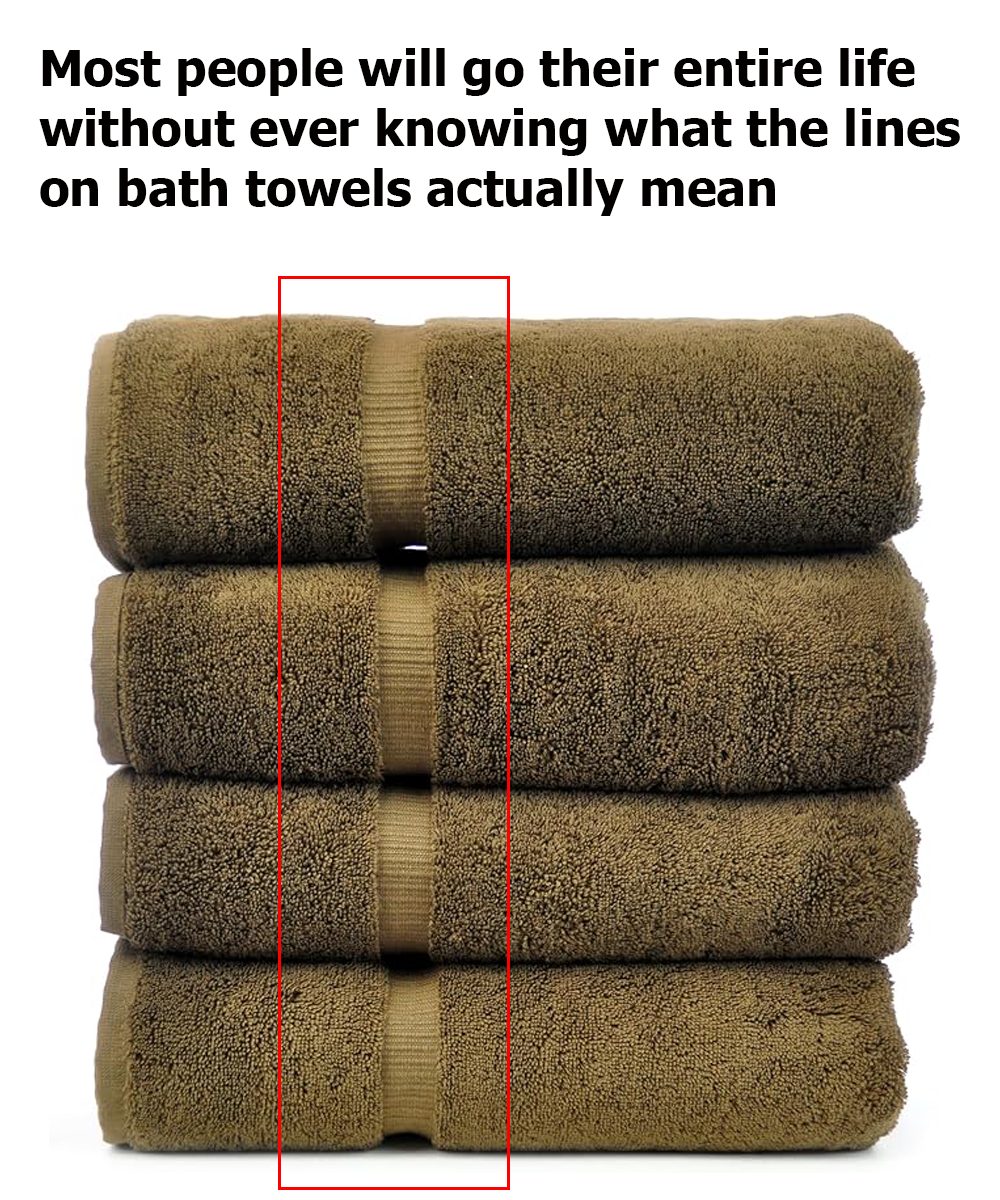
Rather than being purely for looks, these lines often come from specialized weaving techniques that enhance several important features of the towel. They aren’t random or accidental—they’re engineered to improve water absorption, maintain the towel’s structure, and even enhance the way the towel feels when you use it. That’s right—something as small as a woven line can affect your overall drying experience. These thoughtful design elements show just how much planning goes into creating something we usually see as simple and straightforward.
One of the most important reasons for these lines is to boost how well the towel absorbs water. Towels are supposed to dry you off quickly and thoroughly, and these lines help make that possible. The way the fabric is woven in those areas increases the surface area of the towel, giving it more space to soak up moisture. In addition, the channels created by the lines can promote better airflow, which helps the towel dry faster once you’ve hung it up. That means fewer musty smells and less time waiting for your towel to be ready for its next use. Some of these lines also act as handy guides for folding and hanging, making it easier to keep your bathroom looking neat and organized.
Tread lines, which are those slightly raised ridges you can feel on some towels, play a big role in how long the towel will last. These raised lines aren’t just there for texture—they actually strengthen the towel’s structure. The weaving technique used to create tread lines reinforces the fabric, helping it hold its shape and resist fraying, even after repeated washes. That extra strength means your towel stays soft, thick, and plush over time, rather than thinning out or becoming rough after a few months of use. These lines essentially work like hidden support beams, keeping your towel in top condition.
Another common feature responsible for towel lines is known as the dobby weave. This weaving method involves creating small, geometric patterns within the towel and is often used to improve the towel’s overall integrity. The dobby weave creates a tightly woven fabric that’s more resistant to stretching, pulling, or distorting, so your towel keeps its original shape and size even after being used and washed again and again. If you’ve ever had a towel that seemed to hold up remarkably well through heavy use, there’s a good chance a dobby weave had something to do with it.
You might also notice decorative borders at the ends of many towels, often called dobby borders. While these definitely add a polished, stylish touch, they also serve an important functional purpose. These sections are typically woven more tightly than the rest of the towel, which strengthens the edges and helps prevent unraveling. Essentially, the dobby border acts like a frame, giving the towel more stability and helping it stay intact longer, especially after going through the washer and dryer repeatedly.
So the next time you grab a bath towel, take a moment to notice the little details. Those lines and patterns you once thought were just for looks are actually doing a lot of work behind the scenes. From absorbing water to preventing wear and tear, they reflect a level of craftsmanship that turns an ordinary towel into a long-lasting part of your daily routine.
